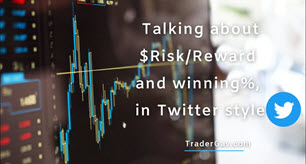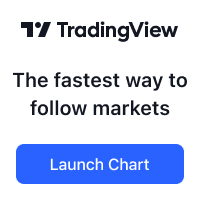Here are some notes about Percent Risk Model. Important concepts for new traders.
Money Management
Talking about $Risk/Reward and winning%, in Twitter-style
A short Twitter discussion about the importance of a higher probability setup and risk/reward ratio. And I have found out…
Quote from Interview with Tom Basso
Here is an important note quoted from Van. Tharp’s Trade Your Way To Financial Freedom, 2nd Edition. Just to note it down here, and hopefully it helps some of the 12 readers. Given your goals in terms of returns and drawdowns, what kind of initial risk stop do you want? If it’s close, will you […]
Effective Cost Technique
[Update 2021]: This post was written back in 2007 November. Unfortunately, the original webinar has been removed and I guess the presenter is no longer with FXstreet as well. I have managed to find the presentation slides here. Hope it helps. Tony Juste from Fxstreet.com posted a presentation on money management in the forum of […]
Trading Business plan 101
I have been doing some thinking and studies over the past weeks. I had some good days and some bad days over the past 2 months. Well, I guess, I'd better figure out the details of managing the trading business while I am still in nice profitable situation rather than searching for 'holy grail' for […]
Trade management : Position Sizing I
This was originaly posted on Traderswin Stocks Trading. I have edited in this version. The advantage of using stop loss (mentally or submit to your broker) is nothing new. There are numerous literatures on this topic. To me, the most important feature of stop loss/trailing stop is giving me a peace of mind to ride […]



